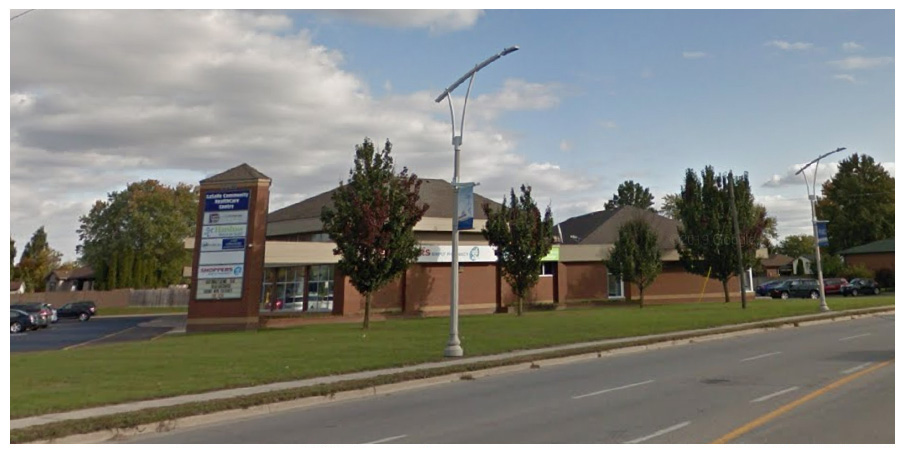When your teeth begin to decay, it's important to take action. Dental restoration is quick, easy, and leaves you with a healthier smile.

Related Videos
The treatment your dentist will recommend is based on how badly your teeth have been damaged by the decay. Teeth with minimal decay can be repaired, but teeth with extensive decay may need to be removed. Your dentist will discuss all of the dental restoration options with you before proceeding with treatment.
- Fillings: This is the most common type of dental restoration. If a tooth has a small cavity, caused by plaque dissolving the enamel, the solution is often as easy as a filling. The decayed portion of your tooth is removed, and the space is filled with metal or porcelain.
- Crowns: If a tooth has a significant amount of decay, or already contains several fillings, your dentist may recommend a crown. This completely encircles (caps) your tooth, protecting it and keeping it strong. Crowns can be made of gold, porcelain fused to metal, or pure white porcelain (to resemble a natural tooth).
- Root Canals: If tooth decay is left untreated and the nerve of the tooth is damaged, you may require a root canal. This procedure removes the damaged nerve, fills the space with new material, and allows you to keep your natural tooth. Since the tooth no longer has a nerve to provide its blood supply, your dentist may place a crown over your tooth to prevent it from chipping or cracking easily.
- Bridges: If your tooth is badly decayed, your dentist may recommend removing the infected tooth and giving you a bridge. Your dentist will reduce the size of the teeth adjacent to the missing tooth, and use these teeth as supports for an artificial tooth in the middle.
- Dental implants: If your tooth is badly decayed, your dentist may recommend removing the infected tooth and giving you a dental implant. A titanium implant is placed in the bone, and a new crown is placed on the implant. Dental implants do not affect adjacent teeth, and are considered to be the closest solution to having a strong, healthy natural tooth.
FAQs
- How many appointments are required for a crown restoration?
- Typically, two appointments are required for a crown restoration. During your first appointment, we prepare your tooth, and take an impression for our dental lab. Then the lab creates your own custom crown by hand, to ensure the best possible fit. During your second appointment, we attach your new crown.
- How long does a dental restoration last?
- The life of your dental restoration depends on many factors — regular dental care, your brushing and flossing habits, your diet, and the amount of wear and tear it endures. It's different for every patient, but it is likely that future restorations will be required at some point.
- What if I choose to do nothing about my missing tooth/teeth?
- When you are missing a tooth (or multiple teeth), your adjacent teeth will shift in an attempt to fill the space. Over time, this can change the shape of your mouth, making you appear older. It also allows food and bacteria to become trapped more easily, leading to further decay. Talk to your dentist today about a bridge or a dental implant to replace your missing tooth.
- Does my dental insurance cover all of my options?
- It depends on your coverage. We would be happy to help you understand your available coverage, so please ask us at your next appointment.
